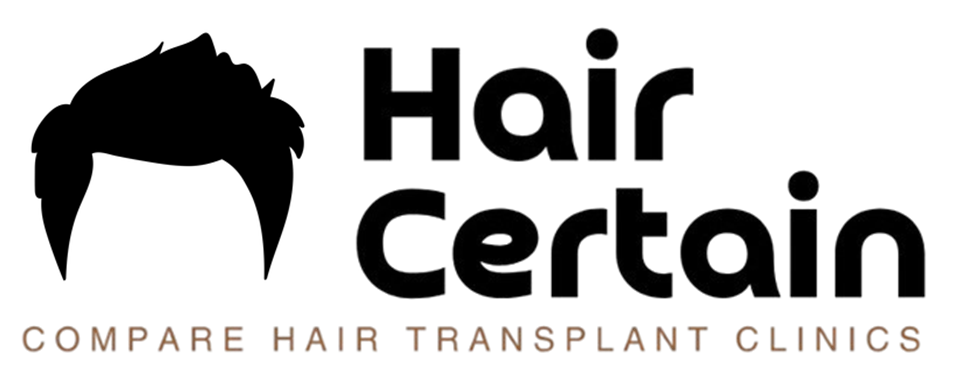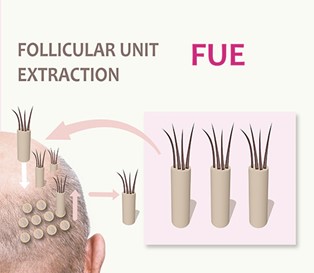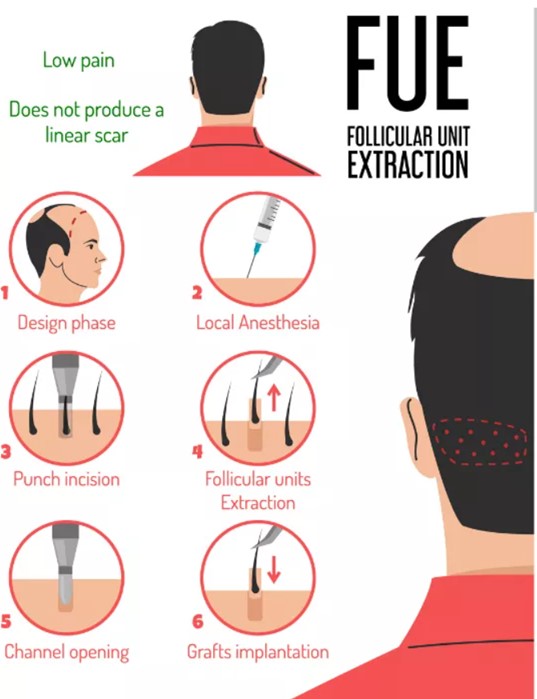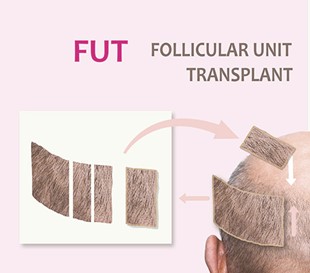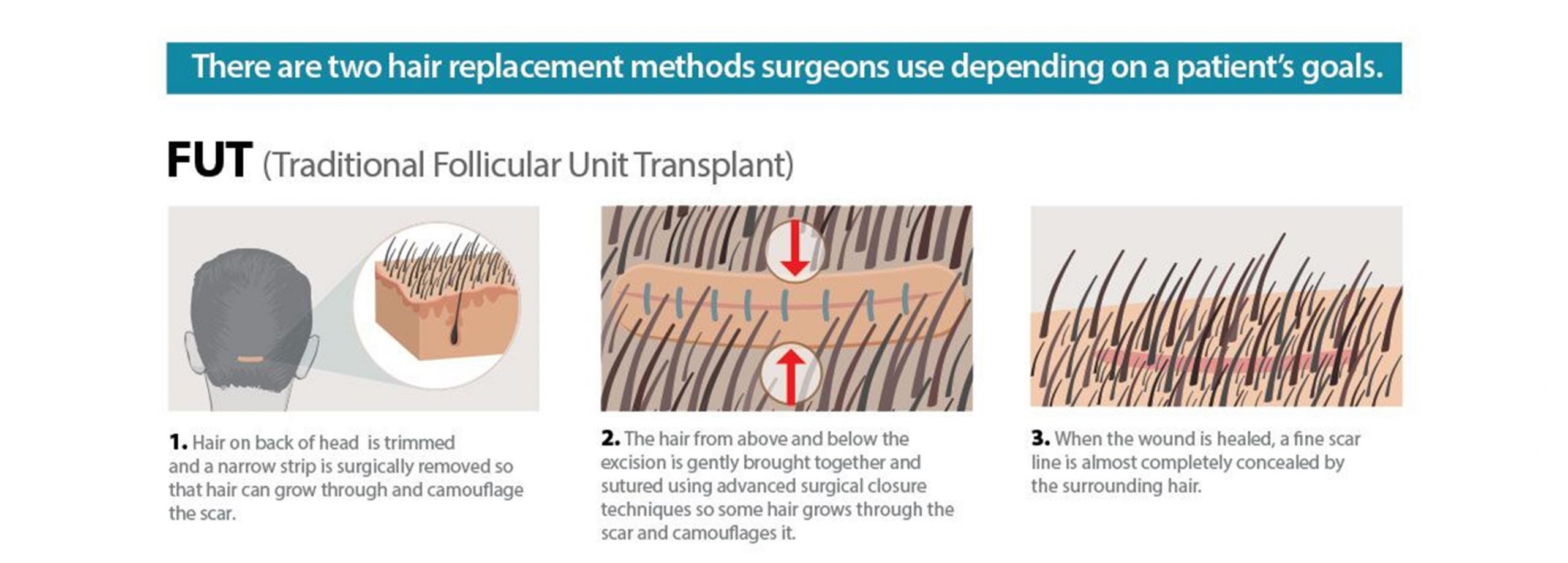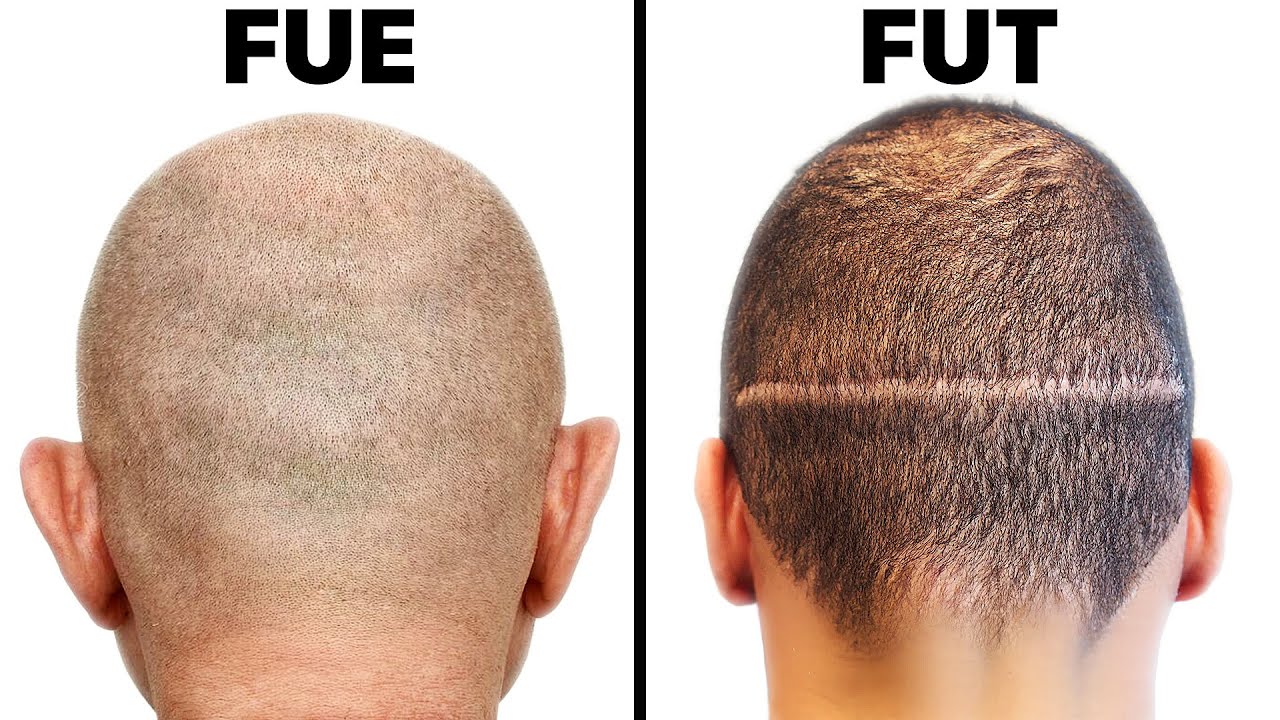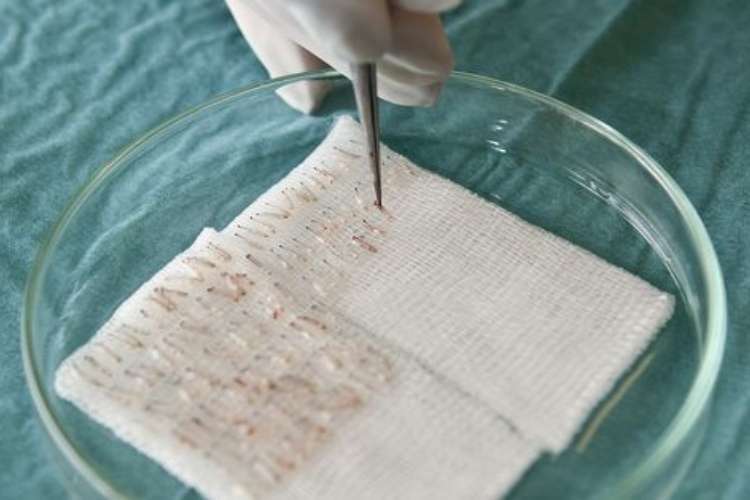Notice: Function Elementor\Controls_Manager::add_control_to_stack was called incorrectly. Cannot redeclare control with same name "eael_image_masking_upload_pro_message". Please see Debugging in WordPress for more information. (This message was added in version 1.0.0.) in /homepages/15/d106766249/htdocs/HairCertain-Canada/HTML/wp-includes/functions.php on line 6121
Notice: Function Elementor\Controls_Manager::add_control_to_stack was called incorrectly. Cannot redeclare control with same name "eael_image_masking_upload_pro_message". Please see Debugging in WordPress for more information. (This message was added in version 1.0.0.) in /homepages/15/d106766249/htdocs/HairCertain-Canada/HTML/wp-includes/functions.php on line 6121
Hair Transplant costs in Toronto
We put together this guide to help you explore the hair transplants in Toronto, factors influencing pricing, and what potential patients can expect when considering a hair transplant in Toronto.
The increased availability of reputable clinics has also made hair transplants more accessible and affordable for the average person in Toronto. This all makes it easier for Canadians to access high-quality hair restoration procedures without having to travel abroad.
The Ultimate Guide to hair transplant costs in Toronto
- Hair Certain Canada
- 23 minutes
Table of Contents
Notice: Function Elementor\Controls_Manager::add_control_to_stack was called incorrectly. Cannot redeclare control with same name "eael_image_masking_upload_pro_message". Please see Debugging in WordPress for more information. (This message was added in version 1.0.0.) in /homepages/15/d106766249/htdocs/HairCertain-Canada/HTML/wp-includes/functions.php on line 6121
Notice: Function Elementor\Controls_Manager::add_control_to_stack was called incorrectly. Cannot redeclare control with same name "eael_image_masking_upload_pro_message". Please see Debugging in WordPress for more information. (This message was added in version 1.0.0.) in /homepages/15/d106766249/htdocs/HairCertain-Canada/HTML/wp-includes/functions.php on line 6121
How much does a hair transplant cost in Toronto?
How much does a hair transplant cost in Toronto is a question frequently asked. The cost of a hair transplant in Toronto varies depending on several factors like location of clinic, the number of grafts implanted, experience of physician, and other factors. There are 6 key factors of importance to consider before providing guidelines on hair transplant costs in Toronto.
However, as a general rule, the average cost for a hair transplant in Toronto is between $4.50 and $6.50 per hair graft or prepare to invest between $6500 and $18,500. Yes, that is a wide range, however, there are a number of factors that increase or decrease these averages. Continue reading to determine a more precise cost for your situation.
Factors Affecting Hair Transplant Costs
The cost of a hair transplant is dependent on several factors. Every person’s requirements are different and, therefore, a one cost model certainly does not fit all. The following are 6 factors identified that effect the cost of hair transplants.
1. Number of Grafts Required for your hair transplant
The extent of hair loss and the number of grafts needed for transplantation directly affect the cost. More extensive hair loss requires a larger number of grafts, increasing the complexity and duration of the procedure. Most people, however, don’t know how many grafts they’ll need because they don’t know how many transplanted hair grafts it takes to fill a given area of hair loss or thinning hair to achieve full healthy hair growth.
Understanding Hair Grafts
Hair grafts are small sections of the scalp that contain hair follicles. Each graft typically includes between 1 to 4 hair strands; typically 2-3. During a hair transplant procedure, these grafts are extracted from a donor area (usually the back or sides of the scalp) and implanted into areas where hair is thinning or balding.
What Determines the Number of Grafts Needed?
Several factors influence how many grafts are required for a successful hair transplant:
- Extent of Hair Loss: The degree of baldness, often classified by the Norwood Scale for men and the Ludwig Scale for Women, is a significant determinant. For instance, someone with advanced hair loss will need more grafts than someone with minimal thinning.
- Hair Density: The density you wish to achieve in the transplant area will affect graft count. Higher density requires more grafts.
- Hair Characteristics: The texture, thickness, and color of your hair play a role. Individuals with thicker hair or curly hair may need fewer grafts to achieve a full look because each hair strand covers more scalp area.
- Size of the Area to Be Covered: The size of the balding area impacts the total number of grafts needed. For example, covering a receding hairline requires fewer grafts than restoring the entire crown.
Determining the extent of your hair loss
Norwood Scale for Male Pattern Baldness
The Norwood Scale, also known as the Hamilton-Norwood Scale, is a classification system used to measure the progression and extent of male pattern baldness. It was originally developed by Dr. James Hamilton in the 1950s and later revised by Dr. O’Tar Norwood in the 1970s. The scale consists of 7 stages, with each stage representing a different level of hair loss severity. Here’s an overview of the 7 stages:
Stage 1: This is considered the baseline, with no significant hair loss or recession of the hairline visible. The hairline remains intact around the face and temples.
Stage 2: Minor recession of the hairline begins, typically around the temples. This creates a slightly more defined M, U, or V shape to the hairline. Some men may stay at this stage indefinitely.
Stage 3: The first stage that is classified as male pattern baldness. The hairline recedes more prominently at the temples, creating a deeper M, U, or V shape. Some men may also begin to experience thinning on the crown (vertex) of the head.
Stage 4: Hair loss and thinning become more severe. The receding hairline becomes more pronounced, and the bald spot on the crown grows larger. However, there is still a band of hair separating the receding front hairline and the thinning crown.
Stage 5: The bald areas at the hairline and crown continue to enlarge. The band of hair separating these two areas becomes narrower and sparser.
Stage 6: The balding areas at the temples join with the bald spot at the crown. The band of hair across the top of the head is either gone or very sparse.
Stage 7: The most advanced stage of hair loss. Only a narrow band of hair remains on the sides and back of the head, forming a horseshoe or U-shape pattern. This remaining hair is usually not dense and may be quite fine.
It’s important to note that not all men will progress through all stages, and the rate of progression can vary significantly between individuals. The Norwood Scale is a useful tool for doctors and hair restoration specialists to assess the extent of hair loss and determine appropriate treatment options.
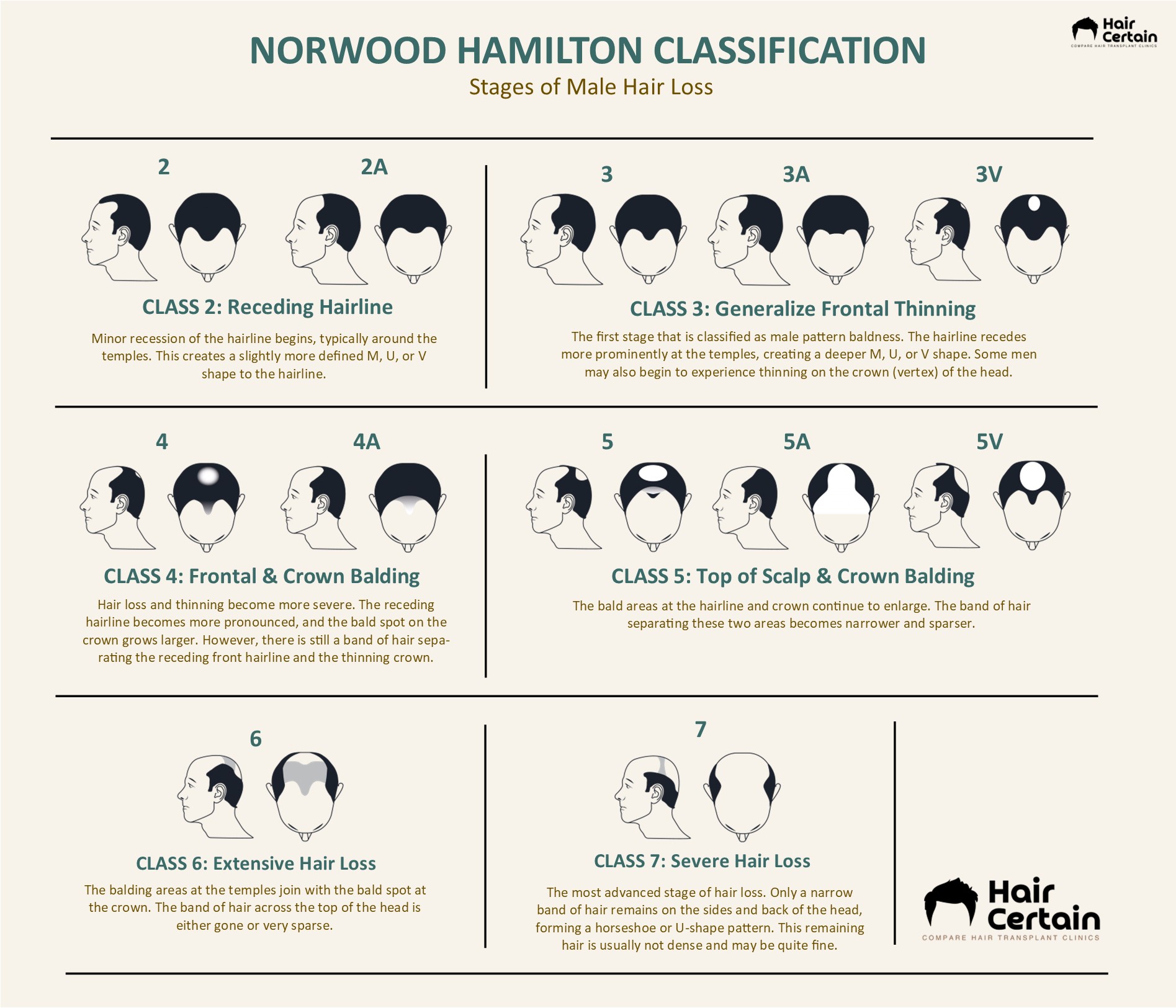
Ludwig Scale for Female Pattern hair loss
The Ludwig scale is a classification system used to describe and categorize the patterns and progression of female pattern hair loss (FPHL). Developed by Dr. Ludwig in the 1970s, it provides a standardized way for medical professionals to assess the severity of hair loss in women. The scale consists of three main stages:
Ludwig Stage I: Characterized by minimal thinning of hair, primarily noticeable at the top and center of the scalp. There is a slight widening of the part line, but it may not be immediately obvious to the casual observer. The frontal hairline remains largely intact.
Ludwig Stage II: Hair thinning becomes more pronounced and noticeable. There is significant widening of the part line, exposing more of the scalp. The hair volume on the crown area decreases noticeably. The frontal hairline typically remains unaffected, but the contrast between the thinning top and the sides becomes more apparent.
Ludwig Stage III: This is the most advanced stage of female pattern hair loss on the Ludwig scale. There is extensive thinning across the entire top of the scalp. The part line becomes very wide, and in some cases, may no longer be distinguishable. The scalp is clearly visible through the remaining hair. While the frontal hairline often remains intact, the contrast between the thinning top and the sides of the head is stark.
It’s important to note that the Ludwig scale focuses primarily on the pattern of hair loss on the top and crown of the head. Unlike male pattern baldness scales (such as the Norwood scale), it does not typically include recession of the frontal hairline, as this is less common in female pattern hair loss. The Ludwig scale is a valuable tool for healthcare providers to assess the progression of female pattern hair loss and determine appropriate treatment options. However, it’s worth noting that not all women will fit perfectly into these categories, and there can be variations in hair loss patterns among individuals.

Average Grafts Required for Men & Women based on Hair Loss Scale
The following is a summary of the average number of hair grafts typically needed at different stages of hair loss. What is your number?
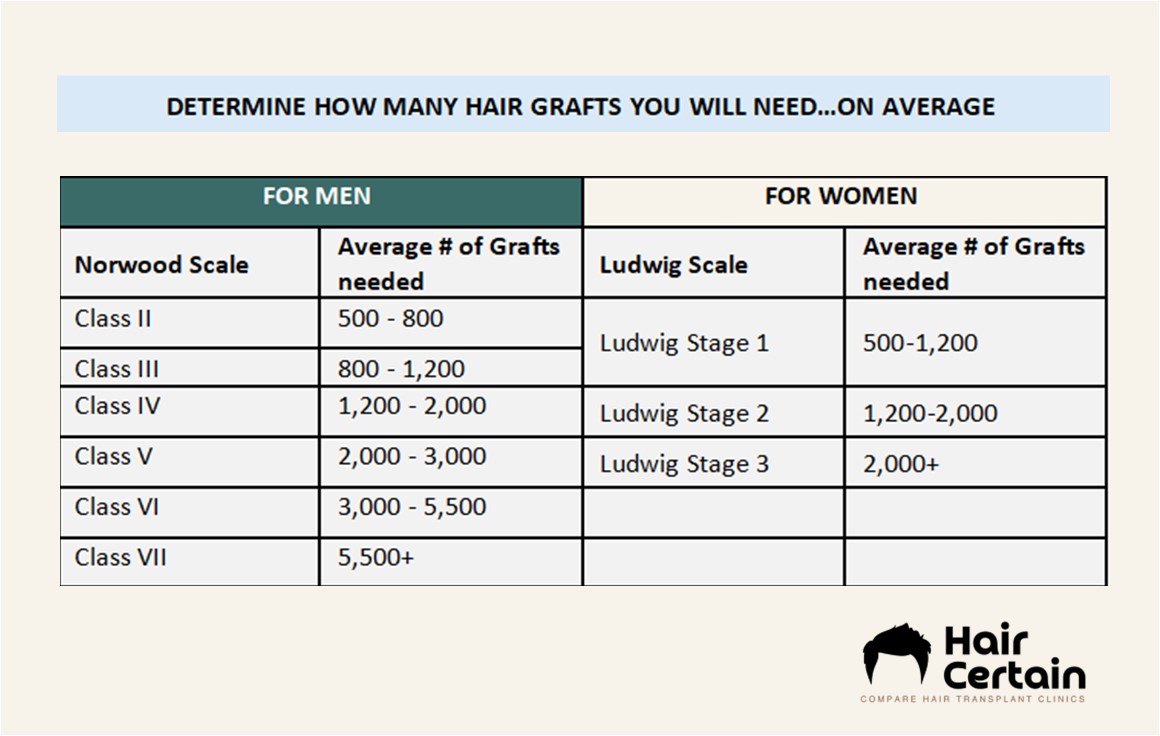
2. Hair Transplant Technique
The method chosen for a hair transplant also impacts the overall cost. Follicular Unit Transplantation (FUT) and Follicular Unit Extraction (FUE) are the two primary techniques used across Toronto hair transplant clinics. FUT involves the removal of a strip of scalp, while FUE involves individual follicular unit extraction.
- Typically, FUE procedures tend to be more expensive due to it being more labour-intensive, more meticulous and time-consuming nature.
- FUE can cost approximately 35% – 45% more than FUT
Visit this article for a more detailed breakdown of a FUE procedure.
Visit this article for a more detailed breakdown of a FUT procedure.
Cost of the transplant procedure should not be the only aspect taken into account when determining which procedure to undertake. A consultation with a hair transplant specialist in Toronto is the best way to determine the right procedure for your specific needs.
3. Hair Transplant Clinic or Doctor’s Reputation & Experience
Choosing a hair transplant surgeon or clinic with a strong reputation and extensive experience significantly increases the likelihood of achieving satisfactory results while minimizing risks and complications. It’s an investment in both the quality of the outcome and the overall patient experience. Highly experienced and reputable surgeons often charge higher fees. Patients may choose to pay a premium for the assurance of quality results and minimized risk of complications, making the experience and credentials of the surgeon and clinic a significant cost factor.
Here are several points to consider:
- Quality of results: Experienced surgeons are more likely to produce natural-looking, aesthetically pleasing outcomes. They have refined their techniques over numerous procedures, leading to better graft survival rates and overall results.
- Safety and risk management: Seasoned surgeons are better equipped to handle complications that may arise during or after the procedure. They are more likely to follow strict safety protocols and use proper techniques to minimize risks.
- Proper patient selection and planning: Experienced surgeons can better assess a patient’s suitability for hair transplantation. They can create more effective treatment plans tailored to individual needs and expectations.
- Ethical practices: Well-established clinics and surgeons are more likely to prioritize patient well-being over profit. They are less likely to make unrealistic promises or pressure patients into unnecessary procedures.
- Track record of success: A good reputation usually indicates a history of satisfied patients and successful procedures. Patient testimonials, online reviews and before-and-after photos can provide valuable insights into the surgeon’s capabilities.
- Regulatory compliance: Reputable clinics and surgeons are more likely to adhere to industry standards and regulations, ensuring a higher level of patient safety and care.
Nowadays, it is far easier to determine the ratings of a surgeon or clinic. There are many online sites, including google reviews, google maps, or google business profiles that provide social proof of the quality of the results based on what patients have to say about hair transplant clinics in Toronto. Higher rated clinics typically charge a premium for the assurance of quality work.
4. Who will actually be performing the hair transplant?
There are several types of medical professionals that are involved in performing hair transplant surgery. The cost of your hair transplant procedure is also impacted by the level of involvement from these medical professionals. The exact composition of the surgical team may vary depending on the clinic and the specific procedure being performed (e.g., FUE or FUT). However, it’s generally a collaborative effort involving a skilled surgeon leading a team of specialized medical professionals to ensure the best possible outcomes for patients.
Hair Transplant Surgeons: These are the primary doctors who oversee and perform the hair transplant procedure. They are typically certified surgeons with specializations that may include, plastic surgery, dermatology, cosmetic surgery, or general surgery. The norm is for all hair transplant procedures to be performed by surgeons/physicians. However, some clinics have surgeons only oversee procedures, thus significantly reducing costs.
Nurses: Assist throughout the procedure, including administering anesthesia, monitoring patient vital signs, assisting with extraction and implantation of hair follicles, providing pre- and post-operative care
Medical Assistants and Surgical Assistants: Work alongside the surgeon and nurses to support various aspects of the procedure.
Hair Transplant Technicians: Highly trained specialists who assist in many aspects of the surgery, including preparing and maintaining the operating room, extracting and sorting hair follicles, assisting with graft placement
Now, given that the hair transplant field has become a very competitive environment, there are some clinics where the physician/surgeon does not perform the procedures. In some clinics a large portion if not your entire hair transplant surgery will be performed by technicians and not doctors.
Some clinics may describe services as being physician directed or surgeon directed, however that means that the doctor only directs the procedure and leaves it up to the technicians or nurses to actually perform the procedures. This allows these clinics to offer hair transplants at a much lower cost than surgeon led clinics. However, this practice comes with its own set of disadvantages.
It is encouraged to always ask who will be performing your actual procedure, as this will significantly impact costs.
5. Customisation and Complexity of the Procedure
Customised treatment plans tailored to individual needs and complex procedures, such as those addressing specific hairline designs, can contribute to higher costs due to the intricacy of the procedure.
6. Additional Treatments and Services Included
Some clinics in Toronto include post-operative medications or follow-up consultations in their pricing, while others charge separately for these services
The inclusion of services like consultations, pre-operative assessments, post-operative care or oral treatments, topical solutions or other products can vary among clinics and can add to the total cost of a hair transplant. Patients should consider these potential additional expenses when planning their hair restoration budget.
Average Hair Transplant Costs in Toronto
As a summary, the 6 factors that impact the cost of hair transplants in Toronto are:
- The number of hair grafts you require
- The Transplant technique used (FUE vs FUT)
- The experience and reputation of the hair transplant clinic and surgeon
- Who will be performing your hair transplant procedure
- Are there any customizations or complications with your procedure
- Are there any additional treatments or services included
Let’s now determine what the average hair transplant cost in Toronto would be primarily focused on factor #1, the number of hair grafts required.
STEP 1: Determine the amount of hair grafts you might need. See chart #1
STEP 2: Use chart #2 to review your average cost based on your graft count
STEP 3: Review additional elements that add to costs
STEP 4: Next steps to take with clinics
Remember, each patient is different in terms of the amount of scalp hair thinning, the amount of donor hair available, the amount of area to be treated, and the type of graft to be used. The best way to get a precise cost for your specific situation is to get a face-to-face consultation with a clinic.
As a preliminary measure, you can get a quote from multiple clinics in Toronto by using our Request-A-Quote Service.
STEP 1 - Determine the amount of hair grafts you might need. See chart #1

STEP 2 - Use chart #2 to review your average cost based on your graft count

STEP 3 - Review additional elements that add to costs
-Average cost for hair transplant graft in Toronto: The average cost for a hair transplant in Toronto is between $4.50 and $6.50 per hair graft. There are clinics that charge $3.50 and some that charge $8 per graft.
-The cost of a hair transplant in Toronto can vary greatly based on location. Hair transplant clinics, like any other business, are subject to local market forces. In Ontario, Quebec and the Maritimes the average cost is between $4.50 – $6.50 per hair graft. In Alberta and British Columbia, the average is $5.50 to $7.50 per hair graft. Hair Transplant clinics in Toronto are on the average cost scale.
-Some hair transplant clinics in Toronto charge different amounts for FUE or FUT procedures. It is typical to see clinics charge $2 per graft more for FUE procedures over FUT hair transplants.
-How many surgical sessions will you need? Most of the time, only one hair transplant procedure is needed. However, in cases with more advanced stages of hair loss requiring over 3000 grafts will often require more than one session.
-Above the cost of the procedure, remember that in Toronto there are applicable sales taxes, HST to be charged. This adds an additional 13% on the cost of the procedure.
STEP 4 - Next steps to take with clinics
Remember to always compare the same characteristics of a quote, such as who performs the procedure, are their additional charges included in the prices, etc, The goal should never be to select the least expensive clinic. Rather, it should be to select a competitively priced option that you have determined can provide the results you are looking for.
It’s important to note that these figures are averages, and individual cases and costs will vary depending on specific circumstances. A face-to-face consultation with a reputable clinic is the best way to determine cost and strategy for your specific situation.
Hair Transplant Consultation Process in Toronto
The consultation process is crucial for setting realistic expectations, understanding the proposed hair transplant treatment process, ensuring that the patient is a suitable candidate and understand costs specific to your situation.
As each patient is different in terms of the amount of hair thinning, the amount of donor hair available, the amount of hair to be treated, and the type of hair grafts to be used, an initial consultation with a hair transplant doctor in Toronto is the best way to determine both costs and determining the most suitable treatment plan and options for your specific needs. Some clinics charge a consultation fee, while others include it in the overall cost of the hair transplant procedure.
Here’s what you can typically expect during a hair transplant consultation meeting:
Discussion of Goals and Expectations: You’ll discuss your hair restoration goals, desired hairline shape, and expectations with the consultant.
Personalized Assessment of Hair Loss: A thorough examination of your scalp and hair to assess the extent and pattern of hair loss. The doctor will likely evaluate the health and density of your donor area (typically the back or sides of your head) to determine its suitability for a transplant.
Discussion of Medical History: You will be asked about your medical history, including any underlying health conditions, medications, or previous treatments for hair loss. This helps the doctor understand potential risks and tailor the procedure to your specific needs.
Explanation of Hair Transplant Techniques: The doctor will explain the different hair transplant methods, such as Follicular Unit Extraction (FUE) or Follicular Unit Transplantation (FUT), and recommend the most appropriate technique for your case. They will also discuss the expected results for each method.
Analysis of Expected Outcomes: Some clinics have digital imaging or simulations to help show you what your results could look like after the procedure. This helps set realistic expectations about hair density, coverage, and overall appearance.
Cost Breakdown and financing options: The consultation includes a detailed explanation of the cost of the procedure, including any additional fees for medications or follow-up care. Financing options should also be presented.
After-care procedures: The doctor will also provide a step-by-step overview of the surgery, recovery period, and aftercare requirements.
Opportunity to Ask Questions: This is your chance to ask any questions about the procedure, potential risks, recovery time, or anything else you’re curious about. A reputable clinic will address your concerns openly and provide clear answers.
Review Before-and-After Photos: The clinic may share a portfolio of before-and-after photos of previous patients to give you an idea of the potential results. Look closely at the quality and naturalness of the outcomes to assess the clinic’s expertise.
Building Trust and Comfort: The consultation is also an opportunity to gauge the professionalism and communication skills of the medical team. Feeling comfortable and confident in their abilities is essential before moving forward.
A face-to-face consultation provides you with critical information and reassurance about the procedure. It’s your chance to make an informed decision and short list clinics that align with your expectations, needs and of course, budget.
Does insurance cover hair transplants?
For most candidates in Toronto, hair transplant surgery is an elective surgery, which means the costs must be covered by the patient and not by the Ontario Health Insurance Plan (OHIP). Most private health insurance plans also do not cover the costs for any type of cosmetic surgery such as hair implants or hair transplants.
The only exception is when the procedure is part of reconstructive surgery from an accidental injury or disfigurement that could potentially be covered under OHIP or private medical insurance plans in Ontario.
Financing Options for Hair Transplants in Toronto
Is there Hair Transplant Financing in Toronto?
For many individuals, financing a surgical hair restoration procedure has been a hurdle that frequently stops them from making the decision to move forward. Many hair transplant clinics in Toronto offer financing options to make hair transplants more accessible. Here are 2 types of options typically available:
- Some clinics offer flexible payment plans that help spread the cost over time. These payment plans can be weekly or monthly over a certain period of time in order to help make the cost of hair transplant procedures more affordable.
- Some clinics also partner with financial institutions to provide cosmetic surgery loans. These companies are known in Toronto to offer loans for hair transplant procedures:
- Medicard
- Beautifi
- Fig Financial
- Spring Financial
- Credit Medical
- Fairstone
- Personal loans from all major financial institutions
It’s advisable to inquire about financing options during the consultation phase to learn more about how you can easily and conveniently pay for your hair transplant using the above financing options.
This article provides a more in-depth review of financing options and financing companies for hair transplants in Canada.
Other Aspects To Consider
It’s important for patients to be aware of potential hidden costs and transparencies associated with a hair transplant procedure. As the saying goes: make sure you are comparing apples to apples. Here are some areas to pay attention to:
-Some clinics provide hair transplant quotes stated as cost per ‘grafts’ and some provide cost per ‘hairs’- there is a difference – make sure you are comparing the same quote
-A hair graft is a small segment of tissue containing hair follicles that is transplanted during hair restoration procedures. Often referred to as a “follicular unit” in medical terminology and when extracted, a graft usually contains 2-3 hair strands on average. Understanding hair grafts is crucial for patients considering hair transplantation, as the number of grafts needed will depend on factors like the extent of hair loss, desired density, and quality of donor hair. The number of grafts used directly impacts the cost and results of the procedure.
-Additional expenses may be required, such as medications, post-operative care, and follow-up appointments. Understanding these costs beforehand allows patients to budget appropriately and avoid unexpected financial surprises.
-To gain a full understanding of all costs involved, always request a detailed breakdown of the expenses involved in the procedure. Reputable clinics should provide transparent information about all associated costs, ensuring a clear understanding of your financial commitment.
-Ask if clinics cut hair follicular units (grafts). It is important to know how many follicular unit grafts will be transplanted and also how many hairs are being transplanted. There are several disadvantages to cutting grafts. Some clinics may also inflate the amount of recipient grafts transplanted by cutting grafts, thus impacting price. Ask clinics you are considering if they perform the practice of cutting grafts, and what the advantages and disadvantages are for you. Please review our article on the practice of cutting grafts for a more in-depth understanding.
The True Cost of Hair Transplants
Hair loss can carry significant emotional and psychological costs, far beyond the physical change in appearance. Many individuals experience a loss of self-confidence, social anxiety, and even feelings of shame or embarrassment as their hair thins or recedes. Given that hair transplants are more affordable than ever, it is no wonder that more people turn to this cosmetic surgery procedure to help restore their appearance and confidence. The financial cost of hair transplants seems to be a worthwhile expense to take on to help reduce the apparent emotional costs for individuals.
Summary of Hair Transplant Costs in Toronto
Hair transplant costs in Toronto can vary widely, typically averaging $4.50 to $6.50 per hair graft or about $6,500 to $18,500 depending on the extent of the procedure and other cost factors such as clinic location and the surgical team’s expertise. While the allure of more affordable options may be tempting, it is paramount to prioritize the quality and proficiency of both the clinic and the surgeon.
A successful hair transplant can be a transformative experience, potentially reshaping one’s confidence and self-image. Conversely, basing your decision solely on cost considerations may lead to disappointing outcomes or, worse yet, necessitate expensive corrective procedures down the line.
To navigate this important decision effectively, it is advisable to schedule consultations with several reputable clinics. These meetings will provide you with a comprehensive understanding of the costs associated with your unique case, allowing you to make an informed choice that strikes the right balance between your budgetary constraints and the caliber of results you aspire to achieve.
Remember, investing in a high-quality hair transplant is not merely a financial decision, but an investment in your appearance, confidence, and overall well-being.
Frequency Asked Questions
The cost of hair transplants in Toronto
The average cost of a hair transplant in Canada ranges from $6,500 to $18,500 for a typical session. The Price really does depend on several factors including severity of hair loss and number of hair grafts required.
The cost per graft in Canada averages from $4.50 to $6.50. However, there are some clinics as low at $3 and as high as $8 per graft
The main factors affecting cost include the number of grafts required, choice of hair transplant procedure.
Yes, the number of grafts required is one of the most significant cost factors. For example, a procedure with 1,000 grafts at say, $5 per graft might cost $5,000 or so, while 3,500 grafts could exceed $17,500.
The cost varies based on factors such as the number of grafts, the surgeon's experience, and the clinic's location. FUE hair transplants typically cost more than FUT transplants. They can be about $2 to $30 more per graft.
City based clinics with higher operating costs tend to have higher hair transplant prices. Areas with lower competition also tend to be more expensive.
Hair transplants in Toronto are generally more expensive than in countries overseas. This is mainly due to higher operational costs, higher quality standards and higher physician costs. Countries like Turkey, India, and Thailand have lower labor costs and overhead expenses, allowing clinics to offer more affordable procedures. Cities in Canada, like Toronto, or cities across the United States typically have higher medical standards than other countries.
After the initial procedure, you might incur costs for follow-up visits, medications, and treatments to maintain your results. Additionally, if further hair loss occurs, you might consider secondary procedures.
No, hair transplants are considered cosmetic procedures and are generally not covered by insurance. However, financing options or payment plans may be available at some clinics. The only exception would be in case of accidental injury requiring a hair transplant.
Yes, many clinics offer financing options or partner with financial institutions to provide cosmetic surgery loans. Monthly payments can make the procedure quite affordable.
